Myth
|
LessLoss Solution
|
What this means for you
|
|
You need a good transport to hear the best quality possible.
|
Nonsense! What you need is any average transport with a digital output. If no digital volume control or processing is present, they all have the same digital information coming out of the digital output. To appreciate the truth of this, we suggest reading this fine article by Professor Kelin J. Kuhn. (Please save it to your disk by right-clicking, as it might not open if you just click on it, as it is a zipped file.) The point is to slave the digital source to the Master DAC 2004. Additional synchronous reclocking reduces Jitter and no expensive transport is needed to achieve the top quality.
|
The only difference you hear between a good transport and a bad transport is in the Jitter content. But the only reason you actually hear this Jitter content is because your transport is digital Master and your DAC is digital Slave. This is a backwards setup if you are looking for quality sound reproduction. The professional digital market knew this from the start. The consumer market promotes this as 'new technology' or 'prestigeous' and therefore very expensive.
|
|
Delta/Sigma (one bit) converter chips sound better than parallel converter chips. They are a newer technology, and, therefore, they are more advanced and sound better.
|
LessLoss has scientifically analyzed the very best converter chips in existence and has come to the obvious conclusion that the Burr-Brown PCM 1704 is the very best converter chip in existence today.
|
This means that you receive the very best sounding technology currently available. In other words, you receive the least audible distortion that a digital to analogue conversion process can technically achieve. Even if a delta/sigma converter might have less overall distortion, the spectrum of distortion it creates is worse than the spectrum of distortion created by parallel converter technology.
|
|
A minimalist design such as the use of no upsampling or oversampling yields the best sound. The industry needs to return to the roots of simple design. Some companies are doing this and they achieve better results that way.
|
LessLoss made extensive test devices which allowed the comparison of several filtering techniques including the now ever popular non-filtering solution. The method chosen for production is to implement the following oversampling: 8x oversampling at 44.1 and 48 kHz = 352.8 and 384 kHz; 4x oversampling at 88.2 and 96 kHz = 352.8 and 384 kHz; 4x oversampling at 176.4 and 192 kHz = 705.6 and 768 kHz.
|
Imaging is better, soundstage is more defined, there is less distortion of subtleties in the music signal, and you hear a reproduction which is unrivalled by all non-oversampling solutions.
|
|
The best audio DACs have tube outputs and make use of transformers in the audio path. These DACs cost thousands of dollars and have been developed to deliver the most uncolored sound possible.
|
LessLoss believes that this method of output is used to effectively cover up other defects which are already at hand when a poor audio schematic is utilized. One of the worst problems is the fact that in these tube designs, rarely is attention given to Jitter reduction, or to the filtering of power supplies which are full of digital "trash" (undesirable high frequency signals).
|
In the LessLoss system, there is absolutely nothing undesirable about the audio signal, since it is born under the most pristine of electrical conditions. You hear all of the details while hearing none of the digital artifacts that are usually hidden from you when listening to tube output devices with transformers. These units add more distortion to counter the tiring effects of an already poor analogue signal. The LessLoss analogue signal contains nothing but pristine audio information.
|
|
I already have a $15,000 DAC. This LessLoss solution can't be any better at only one tenth the cost.
|
LessLoss doesn't set up shop in Hi-Fi trade shows and doesn't spend money on any unnecessary advertising.
|
You get the best DAC this earth has seen for a reasonable amount of money.
|
|
Battery power is a hassle. They are not reliable.
|
LessLoss developed an automatic battery charger which is incorporated into the device. Two batteries provide balanced power to the analogue section (the best possible method).
|
You just press the "Charge" button when you aren't listening and the batteries will then be charged. Alternatively, if you forget to press the "Charge" button, when the batteries reach a certain low voltage, they begin to charge automatically.
|
|
I'll be spending a lot of money on batteries.
|
At some point, the batteries will need to be changed. The unit is designed to play at top quality until this time comes.
|
You will need to change the batteries in about two years if you listen to the unit every day. This is very easily done. If you can turn four screws, then you can change the batteries in the DAC 2004. These are standard sized batteries which you can buy all over the place. They're not expensive (~$10-$20).
|
|
Batteries sound weak and don't deliver strong bass frequencies.
|
Two batteries provide balanced power to the analogue section. This is the best possible method of power supply. Read this.
|
When you listen to the DAC 2004, you don't understand what's playing: a tape recording (the master tape?!), a record player, a piece of digital equipment?! The reason is that there is such an absence of distortion that you no longer hear any of the typical source distortion normally associated with playback equipment.
|
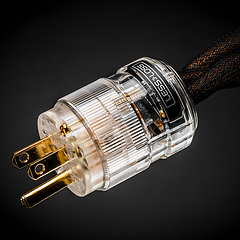 C-MARC™ Prime
The must have foundation for any sound system today.
From
$
486
C-MARC™ Prime
The must have foundation for any sound system today.
From
$
486
 C-MARC™ Classic
The unique super-cable power cord everyone's talking about.
From
$
1148
C-MARC™ Classic
The unique super-cable power cord everyone's talking about.
From
$
1148
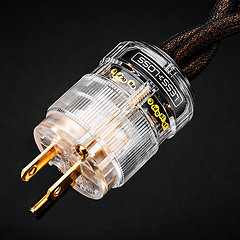 C-MARC™ Classic Entropic Process
The peerless, advanced Classic masterpiece.
From
$
1934
C-MARC™ Classic Entropic Process
The peerless, advanced Classic masterpiece.
From
$
1934
 C-MARC™ Stellar Entropic Process
The crown jewel for highest performance power connection.
From
$
2450
C-MARC™ Stellar Entropic Process
The crown jewel for highest performance power connection.
From
$
2450
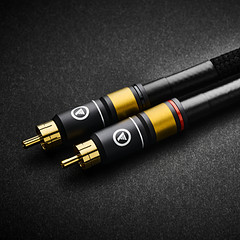 RCA C-MARC™
Cotton-clad true Litz • Whopping 2.3mm2 polarities
From
$
850
RCA C-MARC™
Cotton-clad true Litz • Whopping 2.3mm2 polarities
From
$
850
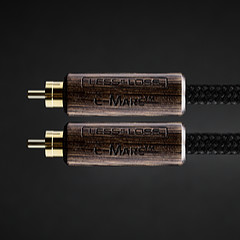 RCA C-MARC™ Entropic Process
Our finest RCA cable • Polished Wenge barrels
From
$
1428
RCA C-MARC™ Entropic Process
Our finest RCA cable • Polished Wenge barrels
From
$
1428
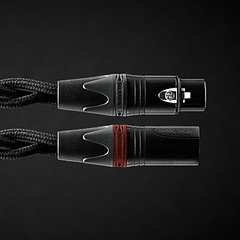 XLR C-MARC™
A hand-braided cotton-clad unique Litz construction
From
$
950
XLR C-MARC™
A hand-braided cotton-clad unique Litz construction
From
$
950
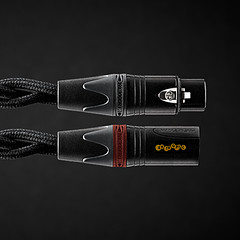 XLR C-MARC™ Entropic Process
Stratospheric performance for the audio connoisseur
From
$
1615
XLR C-MARC™ Entropic Process
Stratospheric performance for the audio connoisseur
From
$
1615
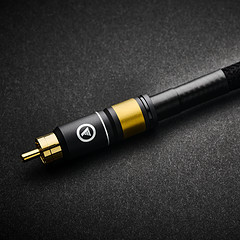 RCA Digital C-MARC™
Cotton-clad unique Litz design • Made only by LessLoss
From
$
510
RCA Digital C-MARC™
Cotton-clad unique Litz design • Made only by LessLoss
From
$
510
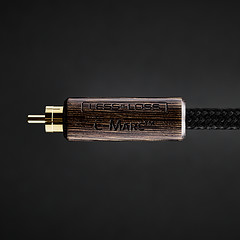 RCA Digital C-MARC™ Entropic Process
Possibly the most subtle digital cable on the planet
From
$
858
RCA Digital C-MARC™ Entropic Process
Possibly the most subtle digital cable on the planet
From
$
858
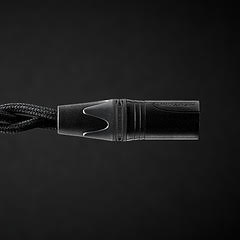 XLR Digital C-MARC™
Featuring a whopping 3 x 2.3mm2 Litz construction
From
$
570
XLR Digital C-MARC™
Featuring a whopping 3 x 2.3mm2 Litz construction
From
$
570
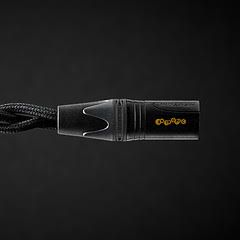 XLR Digital C-MARC™ Entropic Process
Stratospheric performance for the audio connoisseur
From
$
969
XLR Digital C-MARC™ Entropic Process
Stratospheric performance for the audio connoisseur
From
$
969
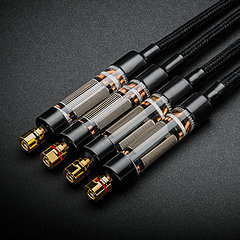 Firewall for Loudspeakers
Firewall for Loudspeakers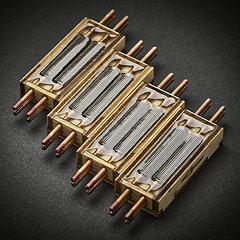 Firewall for Loudspeakers
Firewall for Loudspeakers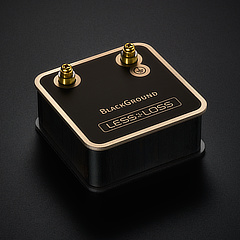 BlackGround DIY
Voltage-ground interface for a variety of applications
From
$
446
BlackGround DIY
Voltage-ground interface for a variety of applications
From
$
446
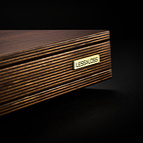 BlackGround 8x/10x Speaker Base
Plug-and-play loudspeaker signal conditioner
From
$
3096
BlackGround 8x/10x Speaker Base
Plug-and-play loudspeaker signal conditioner
From
$
3096
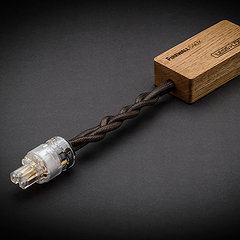 Firewall 640x
Plug-and-play solution for any powered gear
Firewall 640x
Plug-and-play solution for any powered gear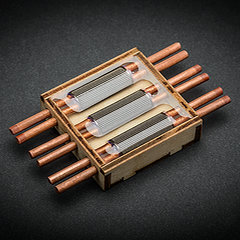 Firewall 640x DIY for Self-Installation
Self-solder and save!
From
$
320
Firewall 640x DIY for Self-Installation
Self-solder and save!
From
$
320
 BlackGround DIY
Voltage-ground interface for a variety of applications
From
$
446
BlackGround DIY
Voltage-ground interface for a variety of applications
From
$
446
 BlackGround 6x/10x Power Base
Plug-and-play power conditioner
From
$
2350
BlackGround 6x/10x Power Base
Plug-and-play power conditioner
From
$
2350
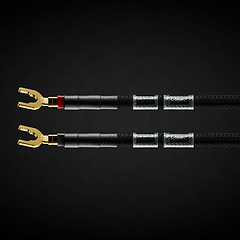
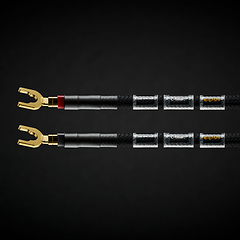
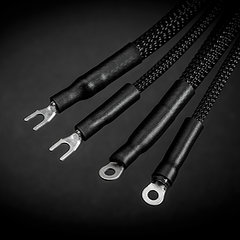
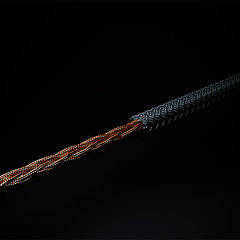
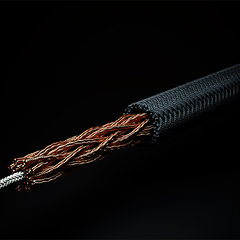
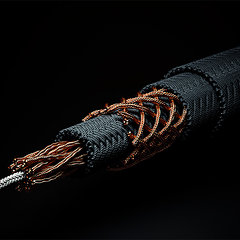
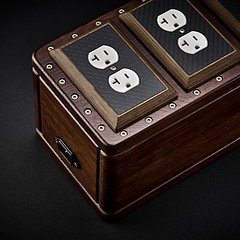
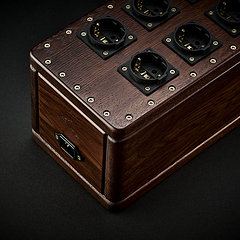

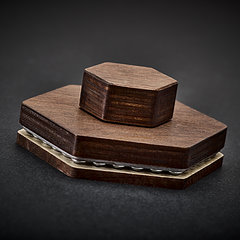
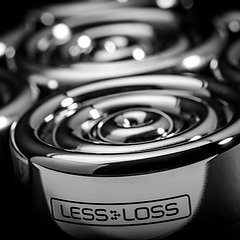
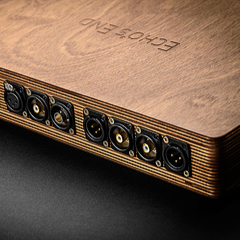
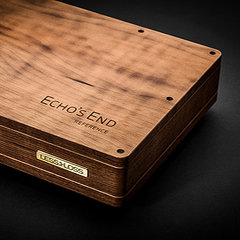
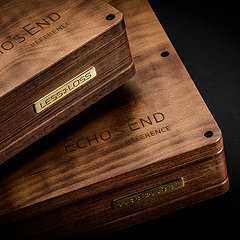
 Beware of Fakes
Beware of Fakes
